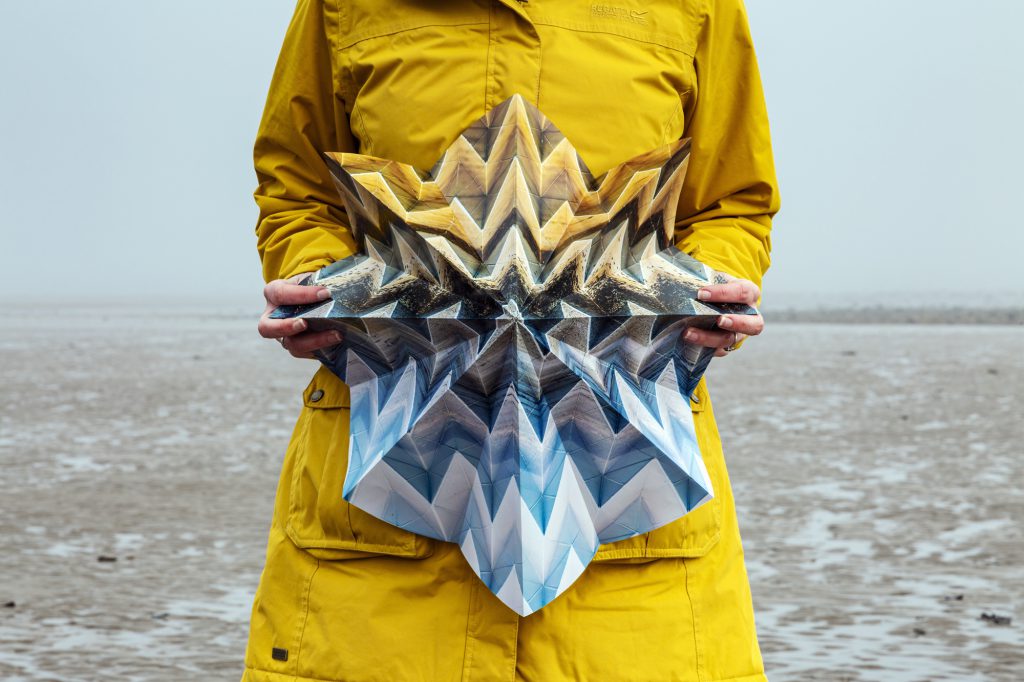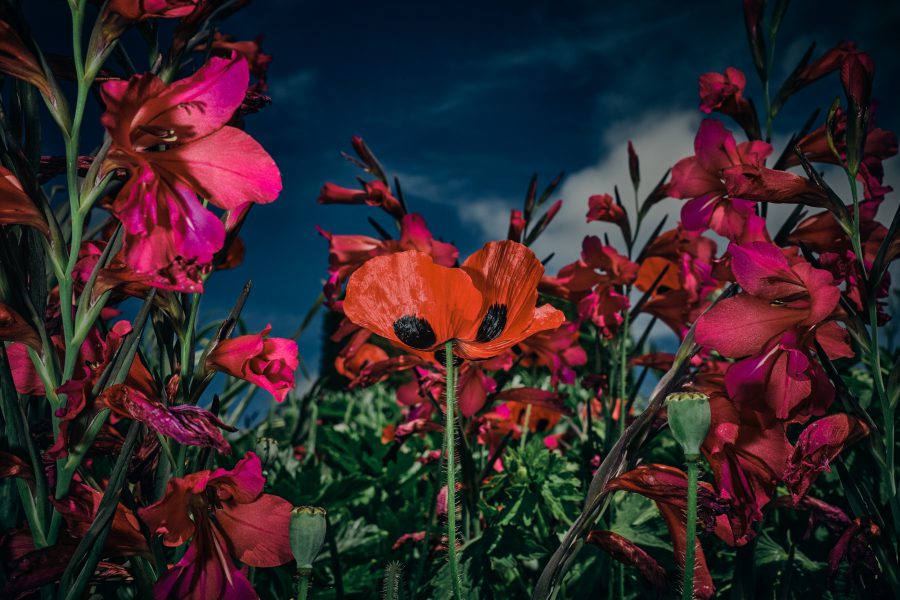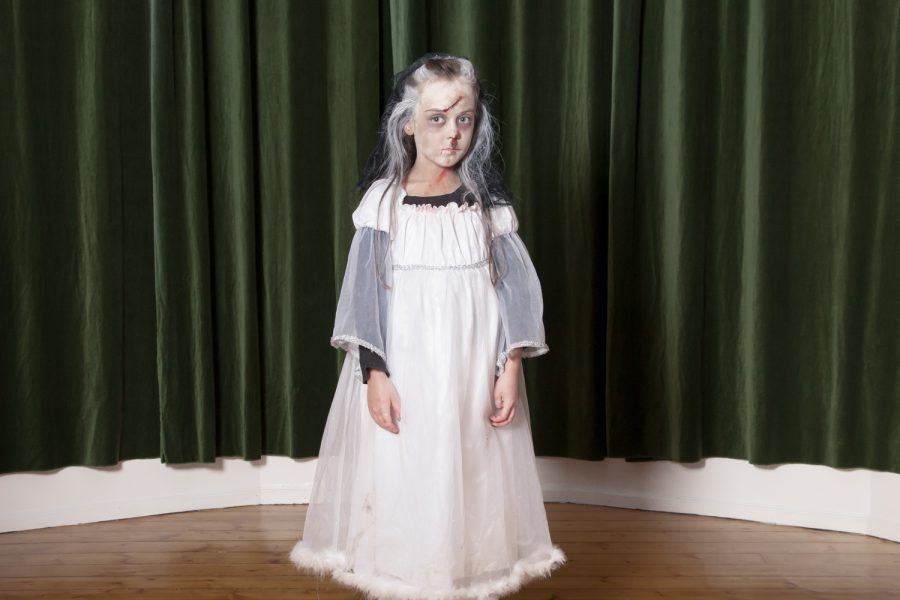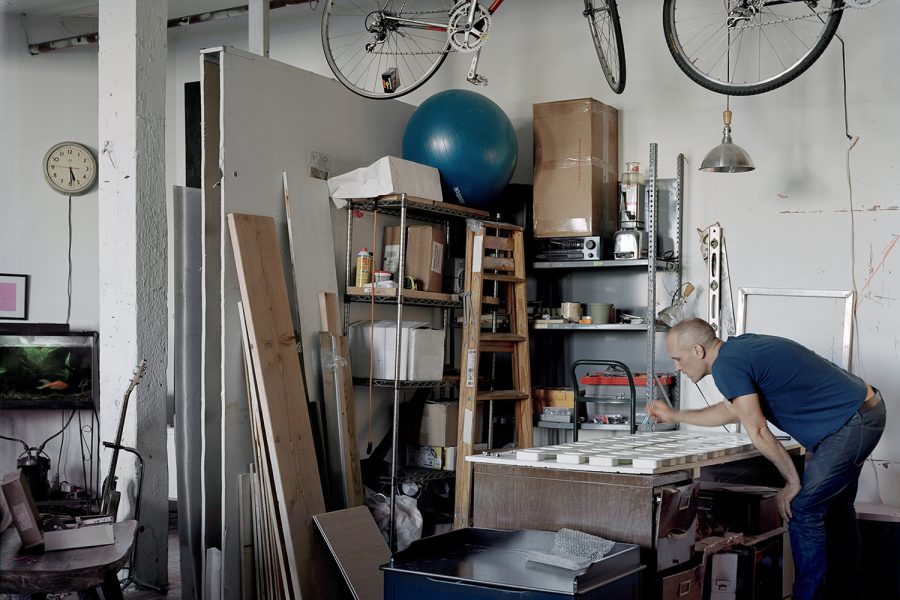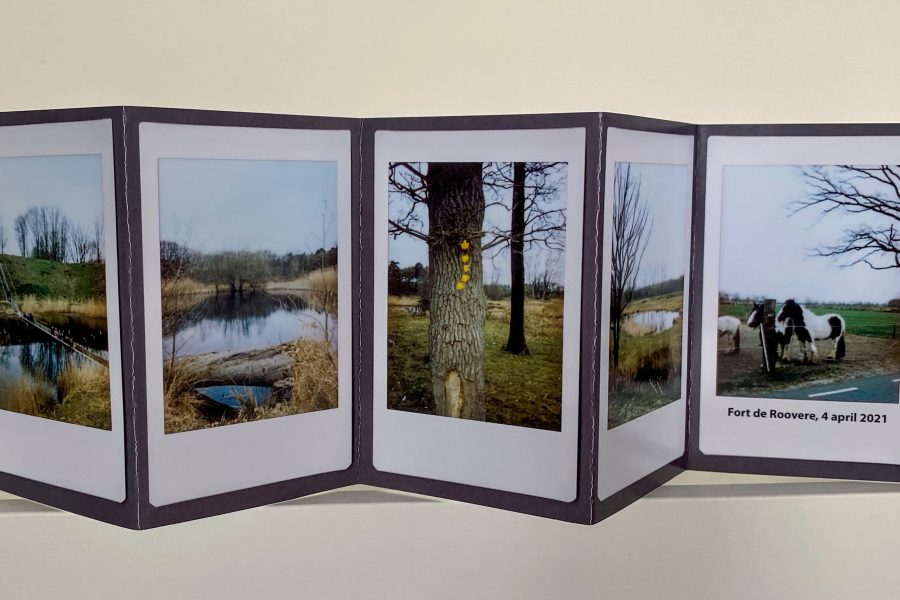Shutter Hub member Elizabeth Woodger is a photographic artist based in Somerset, UK. As a former geologist with a PhD in palaeoclimatology, her artistic practice draws heavily on the duality of science and art. Elizabeth’s work combines studio-based construction with outdoor experimentation in order to create serendipitous and evocative imagery. Much of her photography is characterised by tactile transformative processes, such as the folding, fragmentation and manipulation of physical prints. She also incorporates many natural elements into her artworks; the sunlight, trees, plants, rivers, rocks and waves of her local surroundings. Her photographic practice creates a mechanism through which she can explore the landscape, respond to environmental issues and reflect on the inherent connections between humans, environment and natural processes. Elizabeth’s work has been featured in Your Body Belongs to You and the YEARBOOK 2021, for which she won the Photographic Resource Center Award.
Twelve years ago I was working as an academic research associate in the geological sciences. The focus of my research was on palaeoclimatology. I investigated past greenhouse climates as a potential analogue for future, anthropogenic climate change. As a geologist I travelled to the High Arctic, where I camped in the wilderness and collected field samples for laboratory analysis. My remit then was to study the subsurface milieu (the stratifications, organisms, processes and relationships), and now as an artist, I find myself doing exactly the same thing.
My artistic practice examines how landscapes have been shaped and how they respond to human influence. I’m fortunate enough to live on the outskirts of Exmoor, an area of outstanding natural beauty, with moors and beach within easy walking distance of my home. I’ve exchanged the excitement of foreign travel for the intimacy of location. The windswept moors and ancient woodlands may look wild and untamed but the landscape has been managed and influenced by humans for many thousands of years. The truth is that there are very few environments left untouched by human behaviour; such is the nature of the Anthropocene Epoch. And so it seems I’ve come full circle, from geologist to artist and back again.
This tangle of geology and photography forms the bedrock of my Diagenesis project. The series started life as part of a simple, technical exercise. I was experimenting with folding and pleating paper when I picked up a landscape photograph that had been lying around in my studio. I started folding that photograph and suddenly I became absolutely mesmerised by the fragmentation of the image. Hiatuses appeared in the landscape, discordant elements were juxtaposed, and the image began to radiate a sense of tension between control and chaos. Somehow I had inadvertently created a photographic object that was inherently geological and that manifested my long-held perceptions about the environment.
Geoscientists invariably investigate the landscape through fragments. They start their work with isolated pieces of a puzzle; a mineralogical sample, a fossil specimen or a geochemical signature for example. But there are always gaps in their observations and questions about how things fit together. Moreover, the physical object acted as a metaphor for human culture impacting the natural environment. In the Anthropocene, where humans are endowed with the power of a geological agent, the meticulous folds contorted the scene and signified a fundamental re-shaping of the landscape.
Inevitably, there followed a lengthy period of creative, process-led experimentation in order to develop these folded landscapes. The folds evolved to become far more complex, the printed images grew larger, and before I knew it, I was taking the sculptural forms back out into the landscape. By taking the objects out of the studio and returning them to their site of origin they were subjected to natural forces (the wind, rain and tides), which effectively transferred agency away from me as their maker. Instead, the objects and the environment became co-actors in a performance personifying the primal connection between humanity and natural world.
The lens captured moments when high winds gripped the folded forms, when water droplets accumulated in folded valleys, and when the human hand intervened to reshape the objects. And so Diagenesis eventually grew to encompass elements of sculpture, installation and performance alongside the photography. In the end, the tactile, post-disciplinary nature of the work serves to emphasise the connections between human, object, landscape and natural processes. This potentially facilitates an erosion of the long-established boundaries between culture and nature. An erosion that is essential in the Anthropocene because philosophical anthropocentrism only serves to exacerbate environmental destruction.
From a personal perspective, this project demonstrates how my scientific background has shaped my creative process. Geology is not just something that I used to do but rather, it is something fundamental to the way in which I experience the world. I will never be a passive observer of the landscape because for me, the landscape represents an embodied and multisensory experience. And if my experience has taught me anything, it is that innovative approaches to lens-based image making are particularly adept at examining the Anthropocene condition.
At some point in the future I’d like to install my Diagenesis project outdoors, perhaps as large prints, a film projection or tactile sculptures. In effect, the viewing experience would then replicate and extend the creative process.
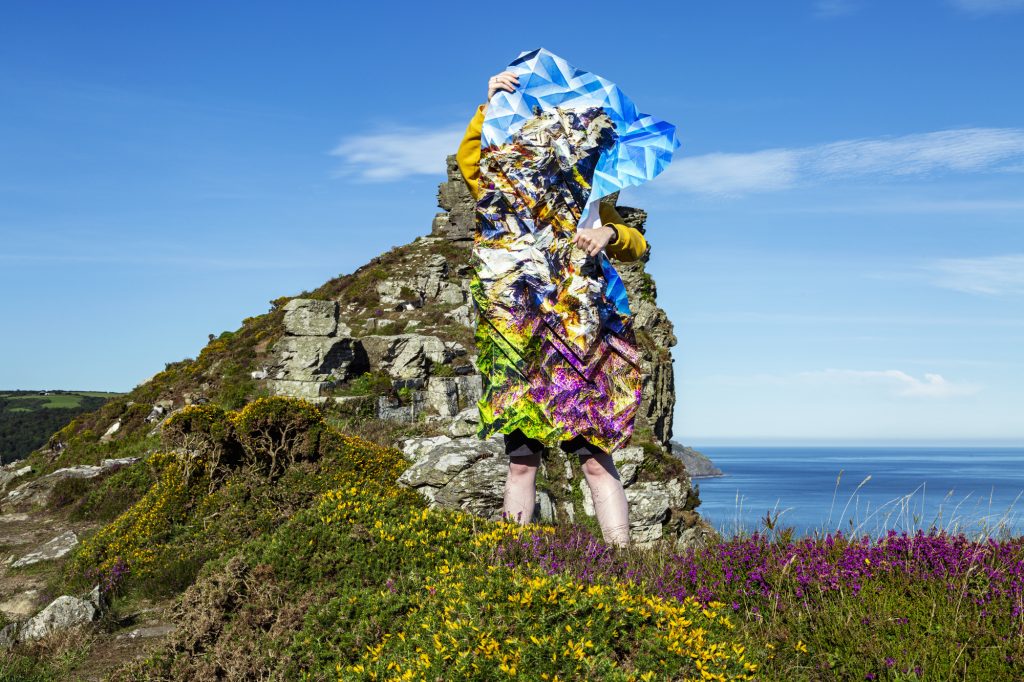
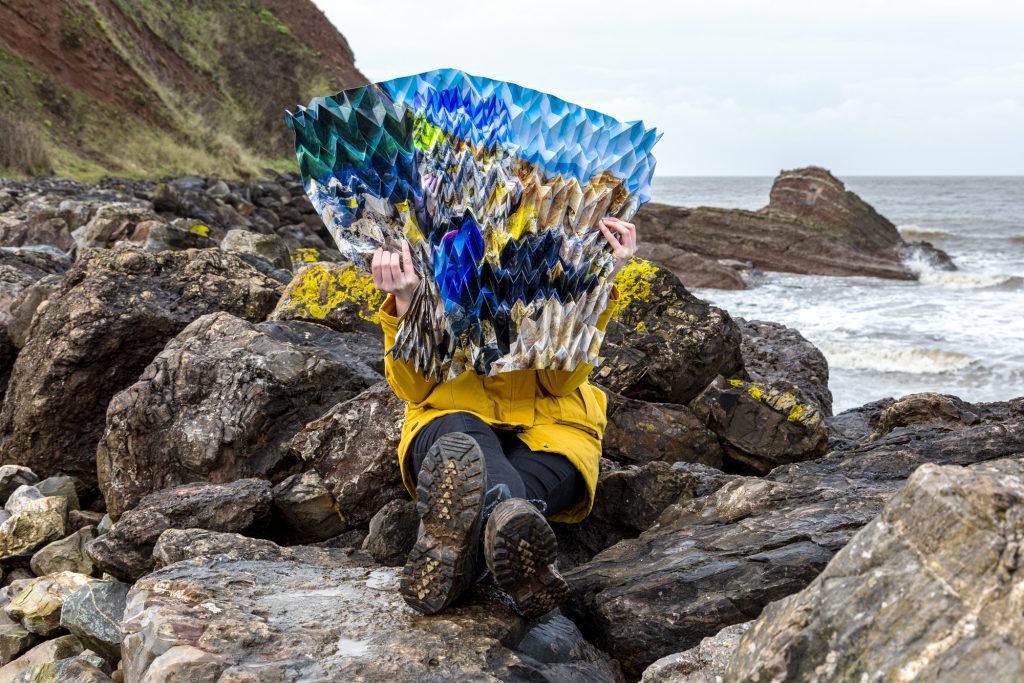
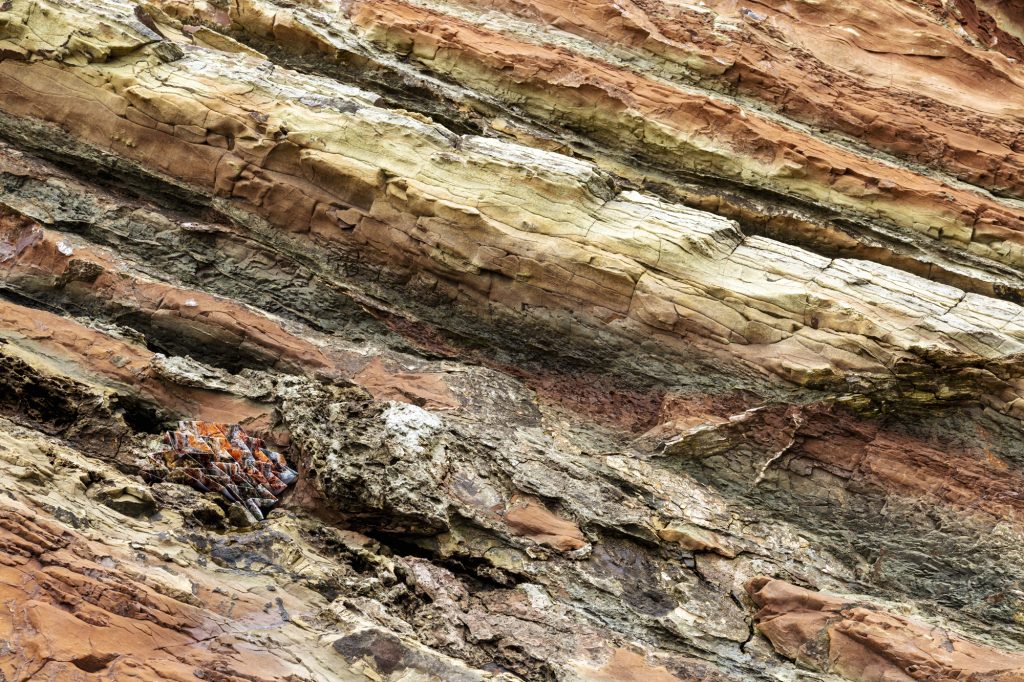
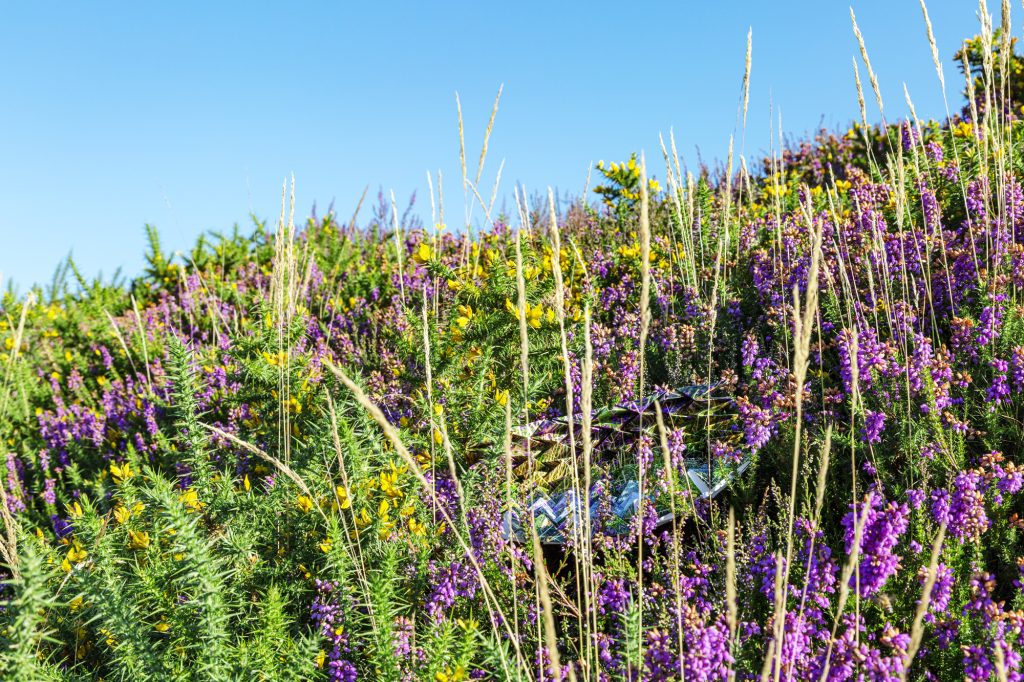
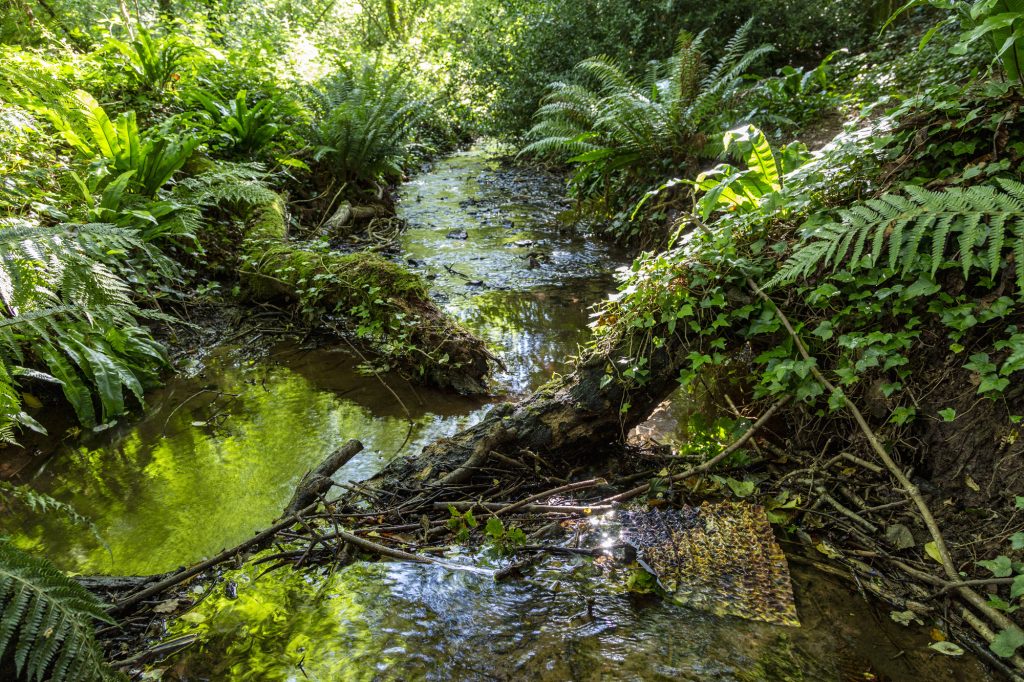
To find out more about Elizabeth’s work, visit her website here.
Join the Shutter Hub community by subscribing to our mailing list for all our photography news and opportunities, direct to your inbox. Got any questions? Email us here.
